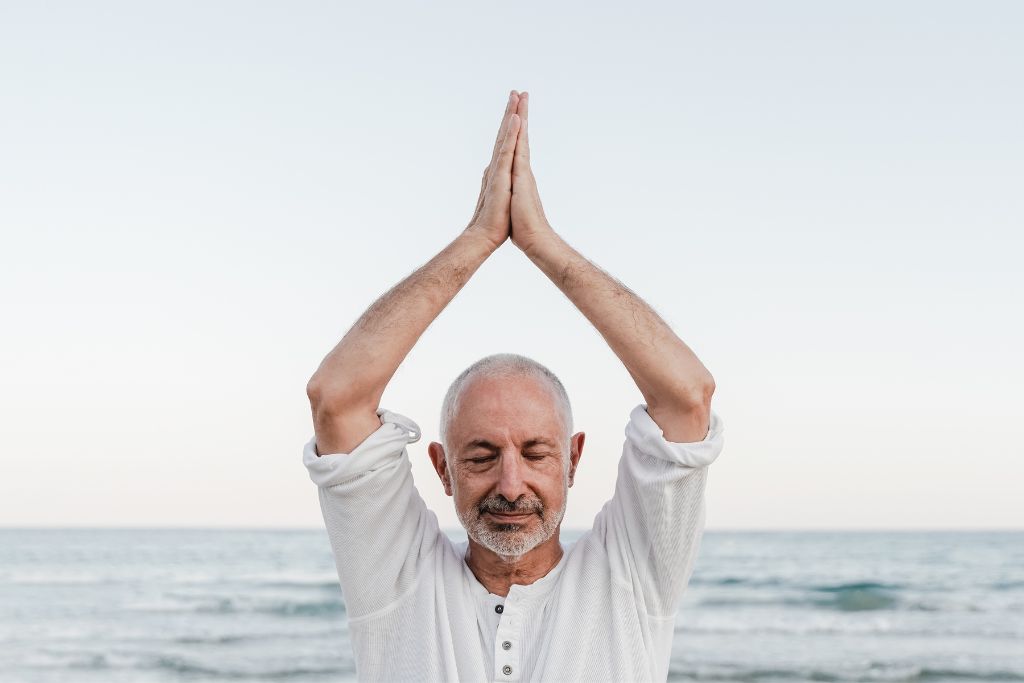- Is shipping included in the price of the sauna?
Yes, shipping is included in the price of your sauna if you purchase through saunas.org. The delivery freight company will reach out to you directly to make an appointment for the time and date of your delivery. Please note that delivery is curbside, which means you will need to be prepared to receive your sauna with two able bodied adults, and perhaps a dolly, as the sauna itself is quite heavy. Please refer to What to Expect on the Day Of Your Delivery for more details.
- Is Assembling the Sauna Difficult?
The sauna assembly is straight forward. Your sauna will arrive in three boxes on half a palette. Paper instructions will be included in your sauna boxes and access to video guides to assembly will be provided for you. Each section of the sauna is quite heavy, so you will need two able bodied individuals present for the assembly. If you are interested in White Glove service please refer to this guide: How To Outsource White Glove Service.
- What Is the Difference Between Ceramic and Carbon Heaters?

Carbon and ceramic heaters serve different purposes in our infrared sauna models, and one is not better than the other, just different. Carbon heaters are used to emit mid-far infrared light. The type of light waves that are emitted at this frequency are most efficient and healthful when a carbon heater is used. Therefore, if you purchase a far infrared sauna you will only have carbon heaters.
Ceramic heaters, on the other hand, are optimal for the emission of near infrared light and are only found in our full spectrum infrared saunas.
Ceramic heaters are used for near infrared light, while carbon heaters optimize the experience of far infrared heat.
- Where are Your Saunas Made?
The vast majority of all prefabricated saunas sold by United States-based companies are all manufactured overseas in East and Southeast Asia. Our company prides itself in only working with manufacturers that prioritize safety and quality, and we do regular checks to ensure all of the saunas are being made with the highest attention to detail.
5) Will the Floor Heater Burn My Feet?
Some of our models on saunas.org come with a carbon heater on the floor. The placement of this heater is ideal for the transmission of far infrared heat as the bottom of the sauna cabin can oftentimes cool off quickly since heat rises. These floor heaters have a black velvet fabric cover that provides protection from touching the heater directly, as well as wooden paneling so that you can safely step on, or rest your feet on, the sauna floor. These safety precautions ensure you will not burn yourself on the heaters located in the floor.
6) Is There Tax On Saunas?
Sales tax is not charged for any sauna purchase on saunas.org, with the exception of California; residents of California can expect to pay 7.5% tax on their saunas due to local regulations.
7) What is the Lead Time On Saunas?
If the sauna of your choice is in stock, you can expect your sauna to be delivered to your home or business within 7-10 business days after your purchase. If the sauna that you would like to purchase is not in stock, then saunas.org will provide you with an estimated time for when that model will be available.
8) Is Financing Available For a Sauna Purchase?
Yes, saunas.org works in conjunction with Klarna to provide our clients with an option to finance their sauna. If you choose this option, you will move through the credit check and all associated protocols directly with Klarna. We are happy to assist with any financing-related questions should need more information.










